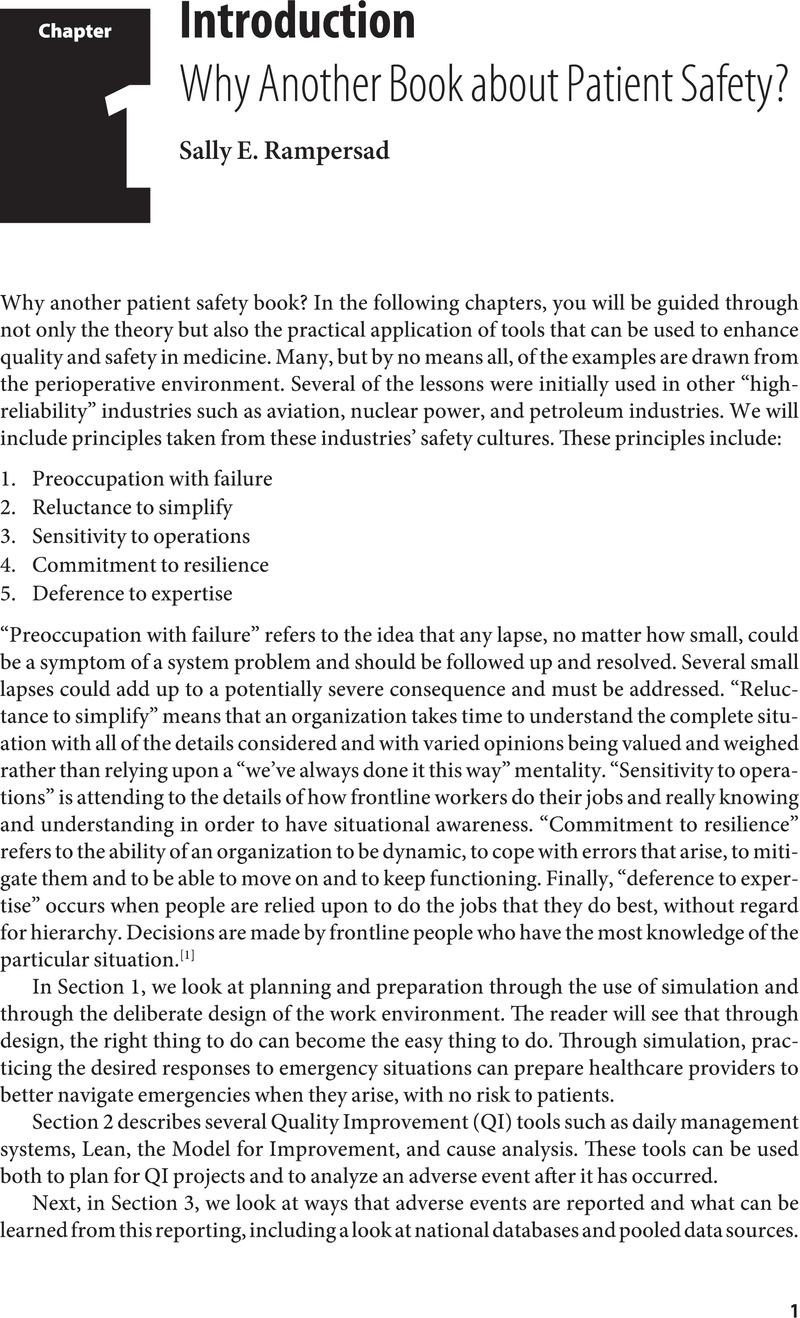Book contents
- Patient Safety and Quality Improvement in Anesthesiology and Perioperative Medicine
- Patient Safety and Quality Improvement in Anesthesiology and Perioperative Medicine
- Copyright page
- Contents
- Figures
- Tables
- Contributors
- Acknowledgments
- Chapter 1 Introduction
- Section 1 Design and Simulation
- Section 2 Quality Improvement Tools
- Section 3 Reporting and Databases
- Section 4 Putting Tools into Practice
- Section 5 People, Behavior, and Communication
- Index
- References
Section 1 - Design and Simulation
Published online by Cambridge University Press: 27 July 2023
- Patient Safety and Quality Improvement in Anesthesiology and Perioperative Medicine
- Patient Safety and Quality Improvement in Anesthesiology and Perioperative Medicine
- Copyright page
- Contents
- Figures
- Tables
- Contributors
- Acknowledgments
- Chapter 1 Introduction
- Section 1 Design and Simulation
- Section 2 Quality Improvement Tools
- Section 3 Reporting and Databases
- Section 4 Putting Tools into Practice
- Section 5 People, Behavior, and Communication
- Index
- References
Summary

- Type
- Chapter
- Information
- Publisher: Cambridge University PressPrint publication year: 2023



